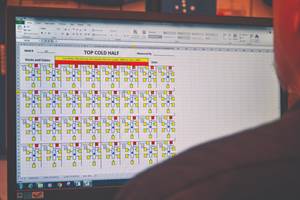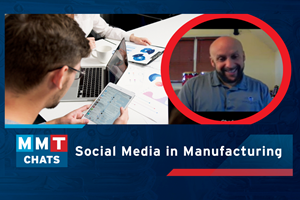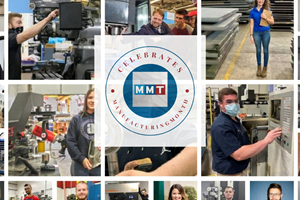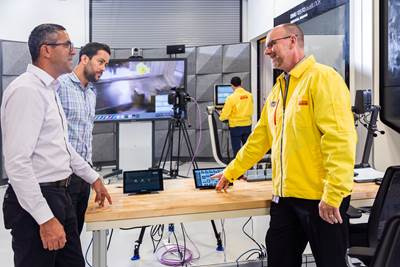Ease Shop Management
One of the biggest challenges of properly implementing enterprise resource planning (ERP) software is making sure it includes all necessary information, but even a basic ERP solution can positively impact a mold shop.
One of the biggest challenges of properly implementing enterprise resource planning (ERP) software is making sure it includes all necessary information, but even a basic ERP solution can positively impact a mold shop as long as it includes the following functions:
Quoting. One of the most efficient methods for creating
a new quote is using quality data from previous jobs. A moldmaker needs a library of data on profits, time, problems, subcontracting and more, which becomes a reference for providing accurate new quotations. However, the moldmaker also needs to review how closely the quotation for a previous job was to the actual amount of material and labor used to complete that job. Then he or she can start to make more accurate quotes much quicker.
Scheduling. Once the quotation is accepted, the moldmaker can immediately turn it into a job using an ERP “ship to date” method and then working backwards, making sure to include a buffer of time for the main tasks that must be completed. As tasks and their expected completion dates are inputted into the ERP system, any conflicts with other resources will automatically be highlighted. This can influence scheduling changes and/or outsourcing decisions.
The level of detail in a quotation will determine how much work is required during scheduling. If the quotation includes items such as ordering standard parts, for example, each of those items will automatically be added to the scheduling and then onto supplier orders.
Two common scheduling methods are by a Gantt chart (a bar chart illustrating a project schedule) and by a dynamic drag-and-drop system, which both allow dependencies to be created or removed based on the individual tasks entered. The latter method is typically easier to implement.
In an ideal world, the quote is created before the job is awarded. In a moldmaker’s world, sometimes a job is so hot that the order comes in without a quote. In this instance, ERP allows the moldmaker to start scheduling resources using a previous job as a template. Then the system automatically generates a quote based on what is scheduled, and this quote can then be given to the customer and carried over to an invoice.
Workflow management. Managing the workflow requires that the data entered into the ERP system be both accurate and up-to-date. If you only enter task time sheets from the previous day, then your data is already old, making it difficult to assess real-time workflow issues. Entering data in real time allows managers to see, at any moment, if a task has not started or is taking longer than expected to complete, or any other pertinent information. Workflow management functions can also be used to streamline other shop operations. For example, requiring employees to clock in and out of tasks can be used to track employee time. This data can then be automatically supplied to and used by payroll companies, eliminating the time and expense required of human intervention or manual-entry errors.
Job completion. When a job is finished, invoices are sent and the part is shipped. Now it’s time to examine the job data, evaluating such information as which tasks were not budgeted sufficiently, which tasks were finished early, how much profit was made and what was the profit margin. This job, and its data, can then be used as a resource for future jobs. As the company’s database of completed work grows, its ability to make accurate quotes and schedules will grow and improve also.
Related Content
Exploring ISO 9000 - Part 16 Control of Quality Records
A Series of International Standards for Quality Management and Quality Assurance. We begin 2022 with a review of Clause 4.16 Control of Quality Records.
Read MoreWhat is Scientific Maintenance? Part 2
Part two of this three-part series explains specific data that toolrooms must collect, analyze and use to truly advance to a scientific maintenance culture where you can measure real data and drive decisions.
Read MoreThe Role of Social Media in Manufacturing
Charles Daniels CFO of Wepco Plastics shares insights on the role of social media in manufacturing, how to improve the “business” side of a small mold shop and continually developing culture.
Read More2021 30 Under 30 Honors Program: Mentoring in the Next-Generation of Moldmaking Professionals
Young professionals are vital to the moldmaking industry, and it is important to acknowledge those making strides in shaping the industry's future. MoldMaking Technology recognizes the industry's young talent through its 30 Under 30 Honors Program.
Read MoreRead Next
Finding the Right ERP Solution for Your ETO Shop
The engineer to order environment cannot be managed successfully without serious consideration of the technology needed to support this very different manufacturing process.
Read MoreHow to Use Continuing Education to Remain Competitive in Moldmaking
Continued training helps moldmakers make tooling decisions and properly use the latest cutting tool to efficiently machine high-quality molds.
Read MoreHow to Use Strategic Planning Tools, Data to Manage the Human Side of Business
Q&A with Marion Wells, MMT EAB member and founder of Human Asset Management.
Read More.jpg;maxWidth=970;quality=90)




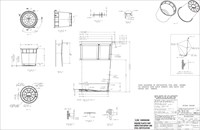
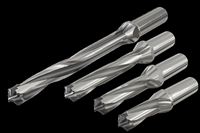
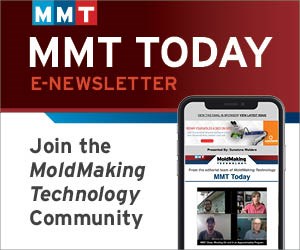
.jpg;maxWidth=300;quality=90)




_300x250 4.png;maxWidth=300;quality=90)
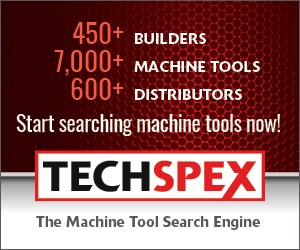

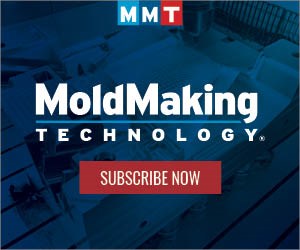

.png;maxWidth=300;quality=90)
